Oh You Like Ari Aster?
Aster has pulled off (or gotten away with, depending on where you fall) the sort of masturbatory film bro drivel that’s quick to translate to cocktail party eye rolls. Oh, you saw Midsommar twice? Please tell me more about how it reminded you of Coachella.
Perhaps the best tweet I’ve read about Ari Aster is this: “Oh you like Ari Aster? Name three of his movies.”
Last month, we learned that Aster is taking the next step in his filmmaking career: A24 announced they would be distributing the thirty-four-year-old filmmaker’s third film. In his two prestige films, Aster has been able to do unimaginable things, creating high shock value films full of catnip for conspiracy theorists. Aster has pulled off (or gotten away with, depending on where you fall) the sort of masturbatory film bro drivel that’s quick to translate to cocktail party eye rolls. Oh, you saw Midsommar twice? Please tell me more about how it reminded you of Coachella.
I saw Midsommar with a friend visiting from Japan. On her last day in the States, we dissected its senseless Easter eggs to make sense of the film’s violence. It was July in Maine; we didn’t know a pandemic would stretch the time until our next visit, and we whiled away our last afternoon reading about the cultural origins of baking pubic hair into food to enchant love interests.
Such seems to be Aster’s mode, though. Before Hereditary was released, a coworker told me a story about the trailer that sounded like an urban legend — it was so terrifying, some audience member at a theater in Australia fainted, or some such. Of course, we then watched the trailer in my office, and instantly I knew I needed to see it. What’s with the miniature houses? What about the young daughter who makes an unsettling clicking noise? What do icons Toni Collette and Ann Dowd get up to in this one?
Hereditary is a family drama, a film about a woman named Annie (Toni Collette) processing the death of her mother. The two of them always had a complicated relationship, such that Annie kept her mother out of her family’s life until her daughter, Charlie, was born. In the wake of Annie’s mother’s death, her family unspools through another tragic death. Annie meets a kind woman, Joan (Ann Dowd), at a grief group and gets pulled into communing with the spirit world.
I saw the film in theaters with friends and somewhat regretted it after. The staging of this family drama in the film’s first act hooked me in, but the nightmare finale unraveled. How much of it was necessary? How much gratuitous? How much just a hot mess? Were we supposed to be terrified of or laughing at Toni Collette levitating, banging her head against the attic door?
On second viewing, though, my feelings transformed. The film weaves together two narratives, offering two lenses through which we can interpret everything that unfolds. Annie discovers a Satanist cult that her mother led and the magic that emerges is a product of this group’s clutches on the family. Or, Annie, who has a complicated relationship with her mother and children, begins sleepwalking again under distress, kills the family, and the resulting nightmare is some expressionist representation of that.
This time around, I noticed how everything in this movie is aggressively on point. Every detail seems connected to Satanism. Hereditary is a movie with a plot, by which I mean, there are people plotting against Annie’s family, and what unfolds is their doing. Charlie’s nut allergy, which contributes to a later reaction, is harped upon within the first ten minutes of the film. If the camera lingers a moment too long on a mourner at her mother’s funeral, that mourner reappears for a moment in the film’s grand finale. On first viewing, these faces would exist as some uneasy recollection; thus, watching the film is an uncanny experience as we’re unable to label why we feel so ill at ease. I could imagine this film in a short story version in one of my MFA workshops. Everything is so neatly spun, so when we reread there’s nothing technically wrong, but, man, what just happened?
If the film’s ending is an unraveling — the Satanists, Ann Dowd among them, seek to tether their demon king in the body of Annie’s son — some of its details act a bit like bows, i.e. all of the well-planted Satanist details. Though, one of its most striking motifs is Annie’s work in miniature. Annie constructs dioramas of homes and public spaces. Through her grief, she reconstructs family scenes, of the home, her mother’s funeral, Charlie’s accident.
The miniatures allow Annie to reduce and enclose the family that she has so little control over — a manipulative mother, a son who doesn’t like her, boring husband, daughter whom grandma has put her talons in. On its own, the dioramas are one of those neat, unsettling devices at home in horror. Yet, the film makes cinematographic use of the device as well. Shots pan in and out of rooms as if we’re always in miniature. Sometimes when we think what we’re viewing is a scene of the family, the camera moves so that we’re no longer sure where in space we are. Could we be moving through one of Annie’s scenes? How much of the house and the family’s terror is an expression of her own downfall? Is this house a house, or is this “The Yellow Wallpaper” — or is it all a little of both?

